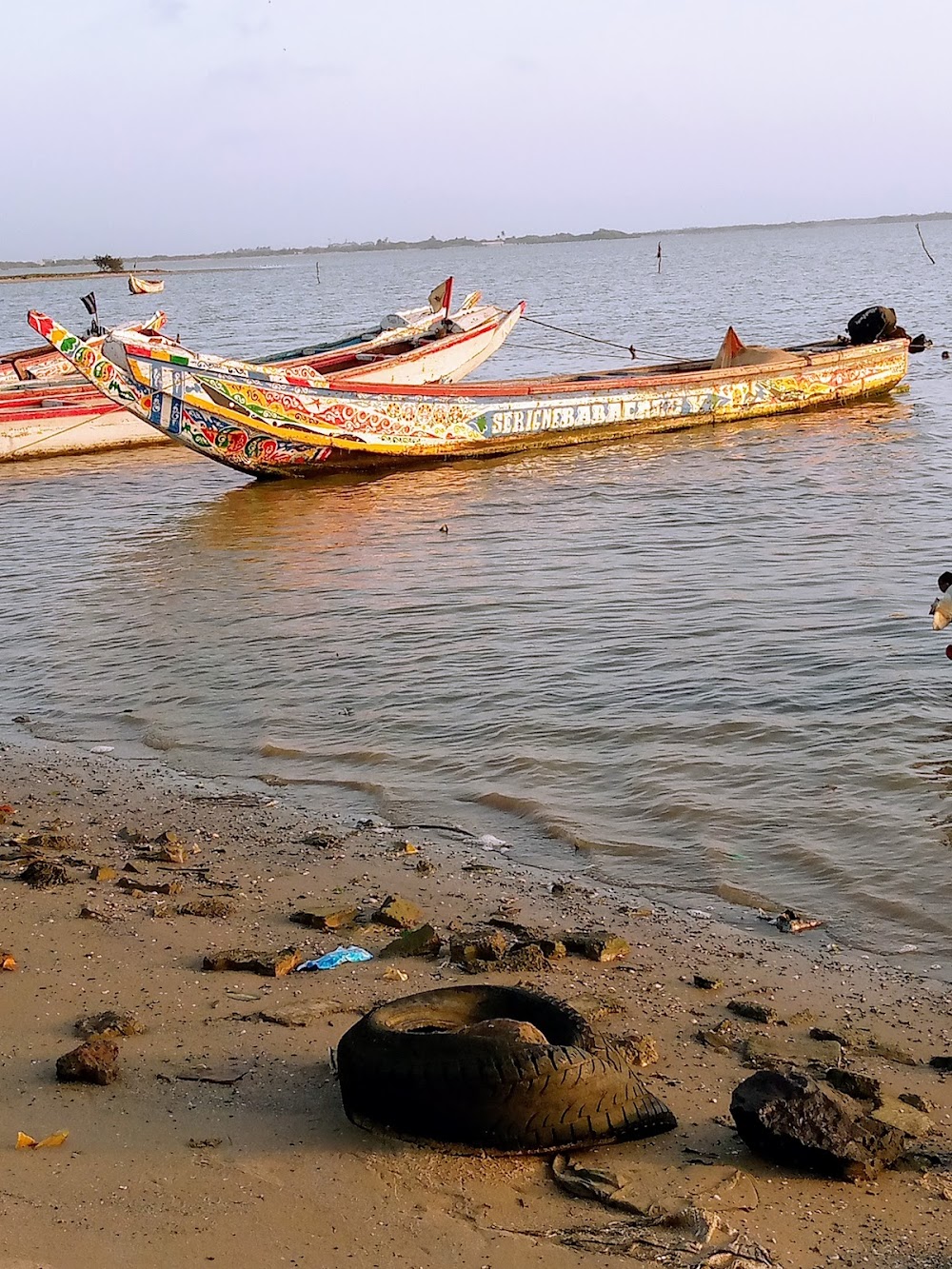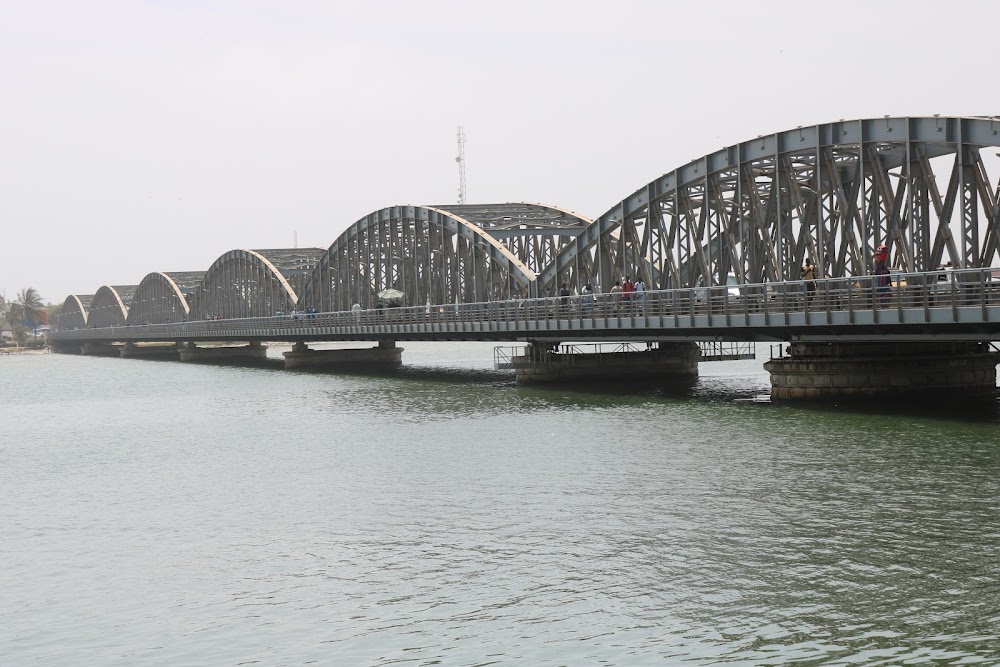Senegal River (Fleuve Sénégal)
Overview
Saint-Louis, located in the heart of Senegal, is a captivating city rich in history and culture, intricately connected to the Senegal River. As one of West Africa's oldest colonial cities, its unique narrative unfolds along the banks of this vital waterway, which serves not just as a source of sustenance but also as a means of transportation for the local population.
The Origins of Saint-Louis
The history of Saint-Louis dates back to the mid-1800s, when French colonialists established it as a key trading post. Its strategic position at the mouth of the Senegal River made it an ideal hub for commerce and shipping. Goods from the interior flowed down the river, loading onto ships that sailed to Europe, transforming Saint-Louis into a bustling center that attracted traders and settlers from near and far.
Architectural Marvels
The city’s layout reflects careful planning and ingenuity. French colonists constructed a network of bridges and narrow streets connecting the various islands that constitute Saint-Louis. The most iconic of these is the Faidherbe Bridge, named after the Governor of Senegal, Louis Faidherbe. Completed in 1865, this iron bridge, designed by the renowned engineer Gustave Eiffel, was a marvel of its time.
Colonial Charm and Cultural Fusion
The historic center, known as the Île de Saint-Louis, showcases stunning colonial architecture characterized by grand buildings, charming balconies, and pastel-colored facades. Constructed with locally sourced materials—such as river clay bricks and thatched roofs crafted by skilled artisans—the city’s design reflects a harmonious blend of African traditions and European influences, creating a unique aesthetic that continues to enchant visitors from around the globe.
The Lifeblood of the City
The Senegal River has been integral to life in Saint-Louis. Stretching over 1,800 kilometers, it originates in the Fouta Djallon highlands of Guinea, winding through Mali, Mauritania, and Senegal before reaching the Atlantic Ocean. Historically, the river has supported irrigation, fishing, and transportation, playing a crucial role in the local economy by enabling the cultivation of essential crops like rice, millet, and sugarcane.
Facing Challenges
In recent years, both Saint-Louis and the Senegal River have confronted significant challenges due to climate change and rising sea levels. Increased flooding threatens the very existence of this historic city. However, the resilient spirit of its residents remains unwavering. Efforts are underway to preserve Saint-Louis's cultural and architectural heritage, with coastal protection and sustainable development initiatives being implemented to safeguard its future.
Cultural Celebrations
The music and cultural festivals in Saint-Louis often pay homage to the river's importance. Events like the Saint-Louis Jazz Festival draw artists and audiences from around the world, showcasing the city’s role as a cultural crossroads. These vibrant festivals not only provide entertainment but also keep the rich heritage of the area alive and thriving.
In summary, Saint-Louis and the Senegal River are deeply interconnected. The river has shaped the city’s history, influenced its development, and remains a vital resource for its inhabitants. Ongoing efforts to address environmental challenges and preserve Saint-Louis's unique charm ensure that future generations will continue to appreciate and learn from this remarkable destination.






